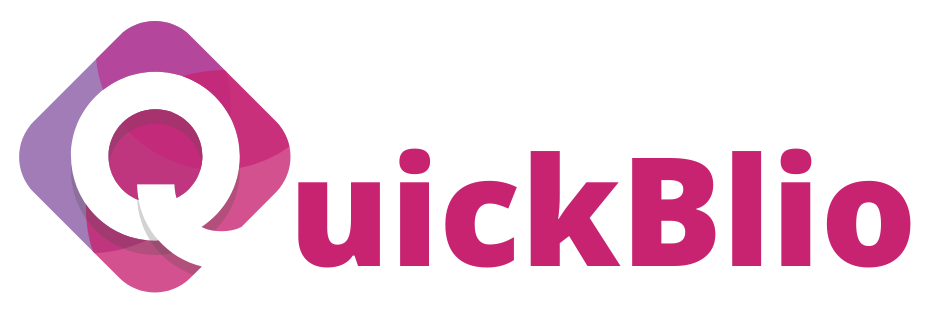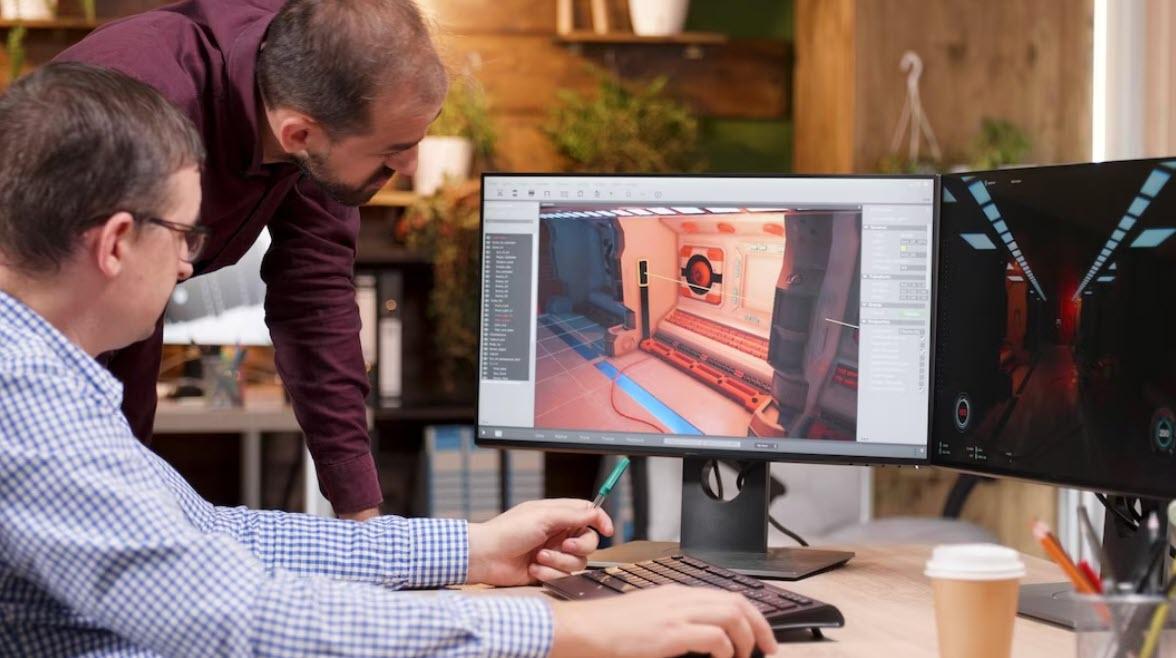In recent years, the landscape of animation and rigging has undergone a transformative shift, largely driven by the rapid advancements in machine learning and artificial intelligence (AI). These cutting-edge technologies have not only streamlined and revolutionized traditional animation processes but have also paved the way for unprecedented creativity and realism in the world of digital content creation. In this article, we delve deep into the intricate interplay between machine learning, AI, rigging, and animation, and explore how these innovations have reshaped the industry landscape.
Evolution of Animation and Rigging Through Machine Learning
The marriage of machine learning and animation has given birth to an entirely new approach to character movement and behavior. Traditional methods often required painstaking manual adjustments to create lifelike motion, but with the power of machine learning, animators can now teach algorithms to understand and replicate natural movement patterns. This has led to more organic animations that resonate with audiences on a profound level.
Enhancing Realism with AI-Powered Rigging
Rigging, the process of creating a digital skeleton for characters has also benefited immensely from AI integration. AI-driven rigging systems can analyze anatomical structures and movement constraints, leading to more accurate and fluid character motion. The AI algorithms adapt to different body types, ensuring that animations are not only visually appealing but also anatomically correct.
The Synergy of Machine Learning and Animation
The synergy between machine learning and animation is a game-changer. One of the remarkable applications is motion prediction. Machine learning algorithms can analyze existing animations and predict how a character would move in a given scenario. This predictive capability not only saves time but also opens doors to creative exploration, as animators can quickly experiment with different movements and scenarios.
Personalized Animations through Data Mining
Data-driven insights are at the heart of personalized animations. Machine learning algorithms can sift through vast amounts of data to understand user preferences, allowing for the creation of content tailored to individual tastes. This level of personalization creates a stronger connection between viewers and the content, leading to higher engagement and retention rates.
Challenges and Opportunities
While the advancements in machine learning and AI have brought about incredible opportunities, they have also presented challenges. One major concern is the potential homogenization of artistic styles due to the reliance on data-driven decisions. Striking a balance between data and artistic intuition is crucial to ensure that animations maintain their unique charm and variety.
The Road Ahead: AI-Generated Content?
As AI continues to evolve, the possibility of fully AI-generated animations raises intriguing questions. Could algorithms replace human animators? While AI can assist in various aspects of animation, the creative essence of storytelling and emotional expression remains a distinctively human trait. The future might see AI as a powerful tool that complements human creativity, rather than a replacement.
To sum it up, the impact of advancements in machine learning and AI on rigging and animation is nothing short of revolutionary. These technologies have pushed the boundaries of what is possible, enabling animators to create more realistic, personalized, and captivating content. As we navigate this exciting frontier, it’s essential to embrace these innovations while upholding the core values of artistic expression and creativity that make animation a truly exceptional art form.
Source: Digital Reality Labs

